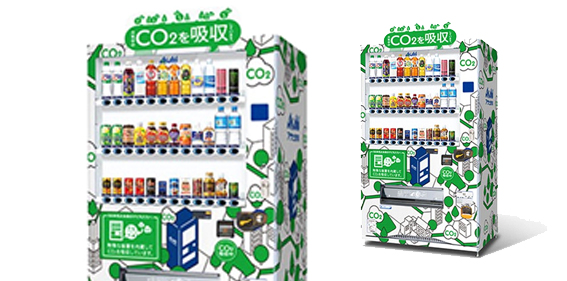Japan is one of the countries with the largest number of vending machines in the world. Arguably, these devices are so ingrained in Japanese culture that it has become one of the nations with the greatest variety. This is not surprising considering that they offer everything from cold drinks to hot food and other products such as toys or tobacco. And all this at very cheap prices, both for locals and foreigners visiting the country.
Vending machines became popular in Japan with the large-scale entry of Coca-Cola in the 1960s. However, as pointed out by the Japan Vending Machine Manufacturers Association, the first vending machine in Japan was one that sold boxed products, such as cigarettes, invented by Takashichi Tawaraya in 1888, but which has not been preserved. On the other hand, there is still one created by Tawaraya in 1902 that offered stamps and postcards.
Moreover, the number of these devices reached 5.6 million in 2000, or one machine for every 23 inhabitants. The figure, however, has been significantly reduced and was slightly above 4 million in 2020.
Since the mass adoption of cell phones, the supply of payphones has decreased globally. This along with other factors such as demographic decline, increased regulations on tobacco sales and the preference for online shopping contributed to the decline of these vending machines.
Currently, the number of vending machines nationwide is said to be 3.9 million. According to recent data, there are 2.24 million of them offering beverages such as soft drinks, coffee and liquor, in addition to 201,500 units for staples, 92,300 for tobacco and 77,700 for food.
While one might think that food in vending machines is limited to chocolate and potato chips, Japan is taking that concept to another level with an eclectic assortment of products. You’ll find caviar, sushi and sashimi in the same vending machine, along with frozen dishes to cook at home. There are vending machines dedicated to cans of edible insects, whale meat or even bear meat, which is legal in Japan. One local restaurant is even going so far as to promote bear meat as a tourist lever.
Many people criticize the marketing of this type of products through automatic machines, however, the devices are also evolving at a technological level. Vending machine manufacturers have incorporated touch screens and offer payment methods different from the traditional ones. They are trying to implement biometrics, facial recognition and contactless experiences to achieve successful loyalty programs.
In June, Asahi focused on the environmental impact. For example, the firm Asahi will conduct tests during the month of June with a vending machine containing a material capable of absorbing carbon dioxide while sucking in air to cool or heat the beverages inside. According to the company, the material is made from various minerals that, once it has absorbed a certain amount of CO2, will be used for other industrial purposes, such as the manufacture of fertilizers.
This type of development is an example of how the vending industry in Japan is betting on innovation while maintaining the codes of a consumption formula that is already part of the Japanese identity. Both device manufacturers, as well as the content they host, have made a show of adaptability to evolve with the behavior of citizens and their new concerns to continue building the vending machine culture.













